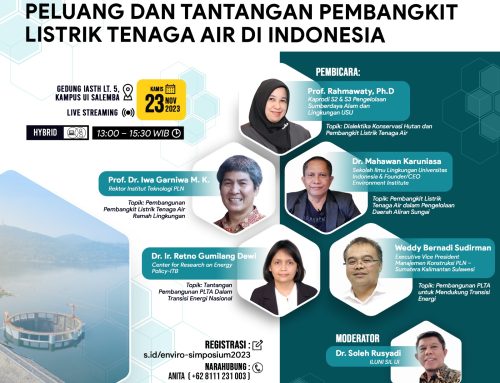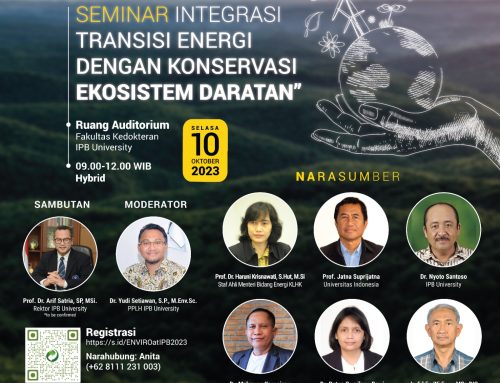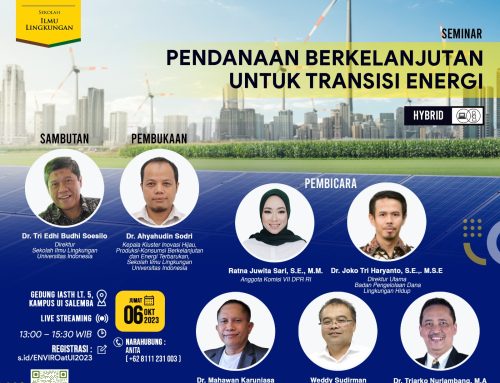Jakarta, APIKI
Considering the National Conference on Strategic Environmetal Assessment (SEA) held in Jakarta on Monday, December 4, 2017, Mahawan Karuniasa, Chairman of the Indonesian Experts Network on Climate Change and Forestry (APIKI) assesses the need for more efforts in the implementation of Strategic Environmental Assessment (SEA) in Indonesia, both in quality and quantity aspects. It considers the obligations of governments and local governments to implement SEAs in the preparation and evaluation of the Spatial Plan (RTRW), Long Term Development Plan (RPJP), Medium Term Development Plan (RPJM) at national, provincial and district / city levels. Based on the Ministry of Home Affairs recapitulation, Indonesia has 34 provinces, 416 districts and 98 cities, at least for KLHS development and spatial planning of more than 1,600 SEAs. This amount does not include other policies, plans and / or programs (KRP/PPP) that have the potential to cause environmental impacts and / or risks, so thousands of SEAs need to be prepared with adequate quality.
One of the substantial problems faced in the drafting of SEA is that many of the compilers, as well as others from government, academia, and the public who see SEA as an environmental impact assessment of the PPP which is the object of the study. So KLHS is widely misunderstood as an environmental impact assessment of the RTRW and RPJMD, as well as the environmental impact assessment of other PPPs. Whereas the principle of SEAs is to ensure that the principle of sustainable development has become the basis and integrated in the development of a region and / or PPP, as described by Mahawan Karuniasa who is also a lecturer of Environmental Sciences University of Indonesia. Therefore, SEAs is not an environmental impact assessment of Spacial Plan, Region’s Medium Term Development Plan, or other PPP, but SEAs is integrating the principles of sustainable development which covering environmental principles, social principles, and economic principles. The final outcome of the SEA is a recommendation, integrated into the proposed PPP document, so that SEA recommendations are a form of intervention to the reviewed PPP, and change from non-sustainable PPP to sustainable PPP. This means that if the PPP already in SEAs implemented, it will ensure environmental, social, and economic sustainability in the concerned development area.
To produce KLHS that meets the principles of sustainable development, it takes a scientific basis, namely Environmental Science which is a multidisciplinary study covering the natural and social sciences based on the Systems Thinking paradigm. Sustainable development views environmental, social, and economic aspects systemically-holistically. Methodologically, in the SEA document there should be a baseline or projection of future environmental, social, economic conditions and measure the sustainability of the environmental, social, and economic aspects of the PPP in the SEA. Without knowing the sustainability of each aspect, ie environmental, social, and economic sustainability, the compiler will not know whether the reviewed PPP is sustainable or not, nor what aspects are unsustainable. This has resulted in most SEAs failing in validation, or vice versa validator team passing SEA which should be invalid.
If there is no improvement, it is feared SEA does not fit its core idea, as an instrument to realize sustainable development. Especially in the context of global climate change issues, SEA is one of the important policy instruments for mainstreaming greenhouse gas emissions and climate change adaptation. Considering the current climate change control organization’s governance, KLHS is a key instrument to ensure low-emission development and resilience against climate change, Mahawan concludes.
Jakarta, 4 Desember 2017
Secretariat
Indonesia Climate Change and Forestry Experts Network (APIKI)



